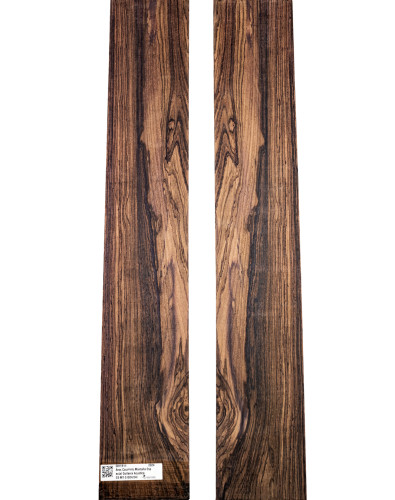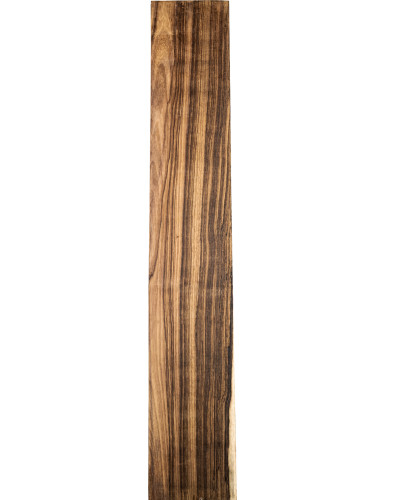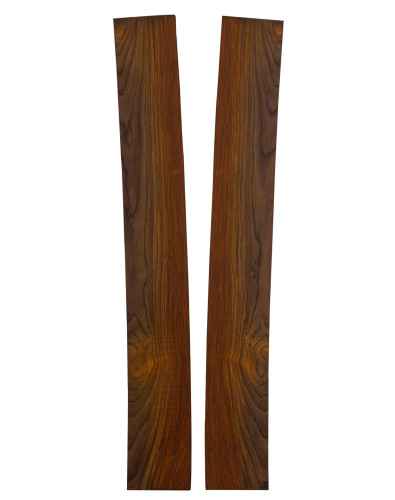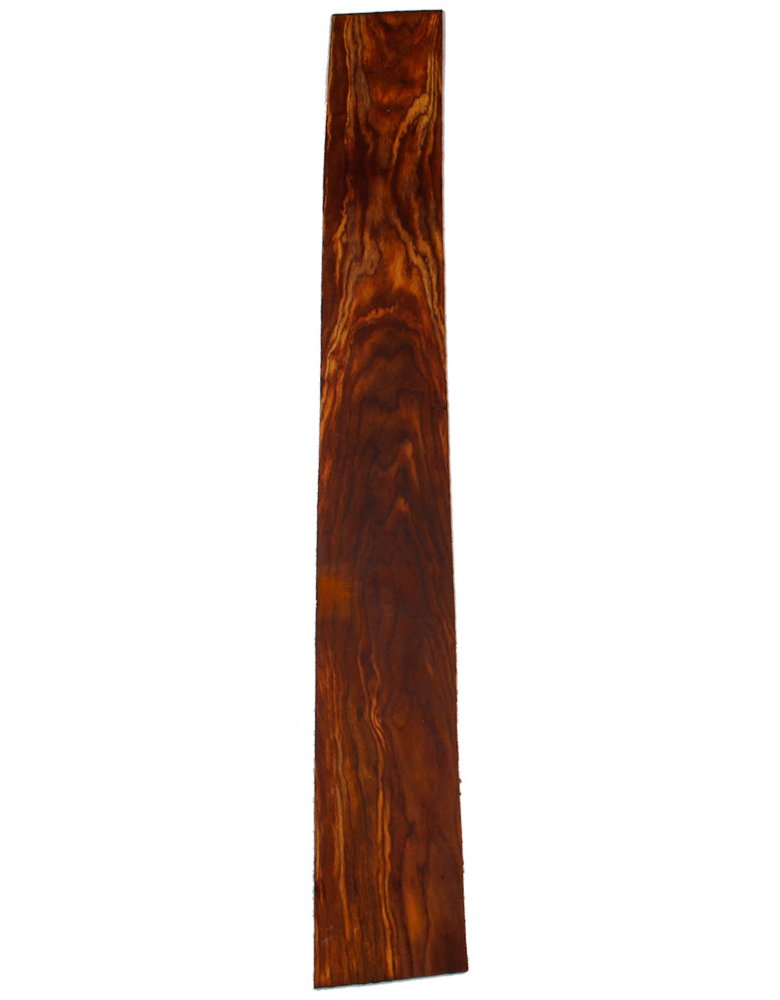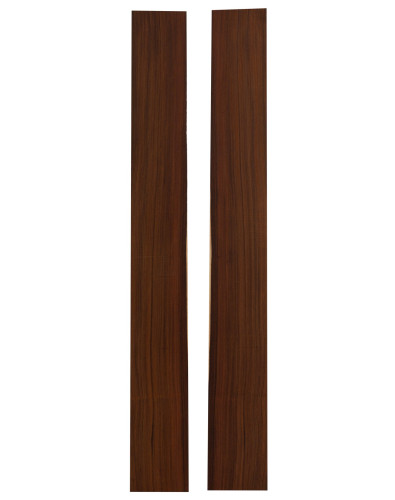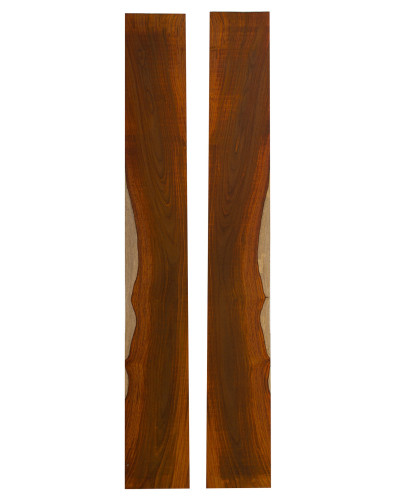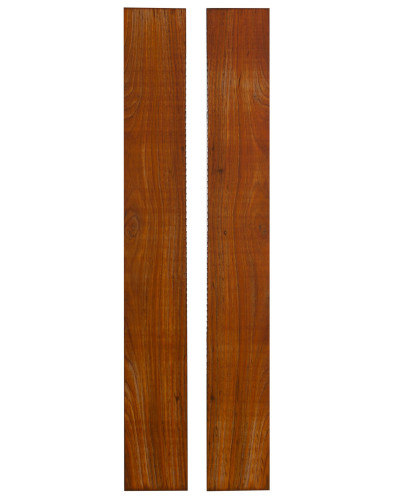Cocobolo (CITES)
Cocobolo wood has become with the pass of the years in one of the most treasured woods by luthiers. This wood has more resonance in low frequencies and a dynamic, agile and fast response, with a clear sound.
Although the beauty of this wood (similar to Rosewood ones), there is not too much Cocobolo wood in the market. It has a high density and an amazing timbre, which makes this wood perfect for classic guitar sides.
Discover the recognised acoustic and physical properties of this Cocobolo sides for classic guitar. A wood which offers a huge number of varieties in its appearance and which is available in Maderas barber in different qualities.
BOTANIC NAME: Dalbergia retusa.
COMMON NAMES: Cocobolo, Granadilla, Cocobola.
ORIGIN: Nicaragua.
DESCRIPTION: Density 990-1250 Kg/m3. Cocobolo can have different colours, ranging from yellow, orange, red, and shades of brown with streaks of black or purple. Sapwood is typically a very pale yellow. Colours are lighter when freshly sanded/cut, and darken with age. Grain is straight to interlocked, with a fine even texture. Good natural luster.
Notoriously allergenic.
RECOMMENDATIONS: Due to the high oil content found in this wood, it can occasionally cause problems with gluing. Also, the wood’s colour can bleed into surrounding wood when applying a finish, so care must be taken on the initial seal coats not to smear the wood’s colour/oils into surrounding areas. Tear out can occur during planning if interlocked grain is present; the wood also has a moderate blunting effect on cutting edges/tools due to its high density. Cocobolo has excellent turning properties.
DRYING: Slow drying wood. Risk of deformation or cracks.
USES: Guitar backs and sides, fingerboards, bridges, headplates. Wind instruments.




